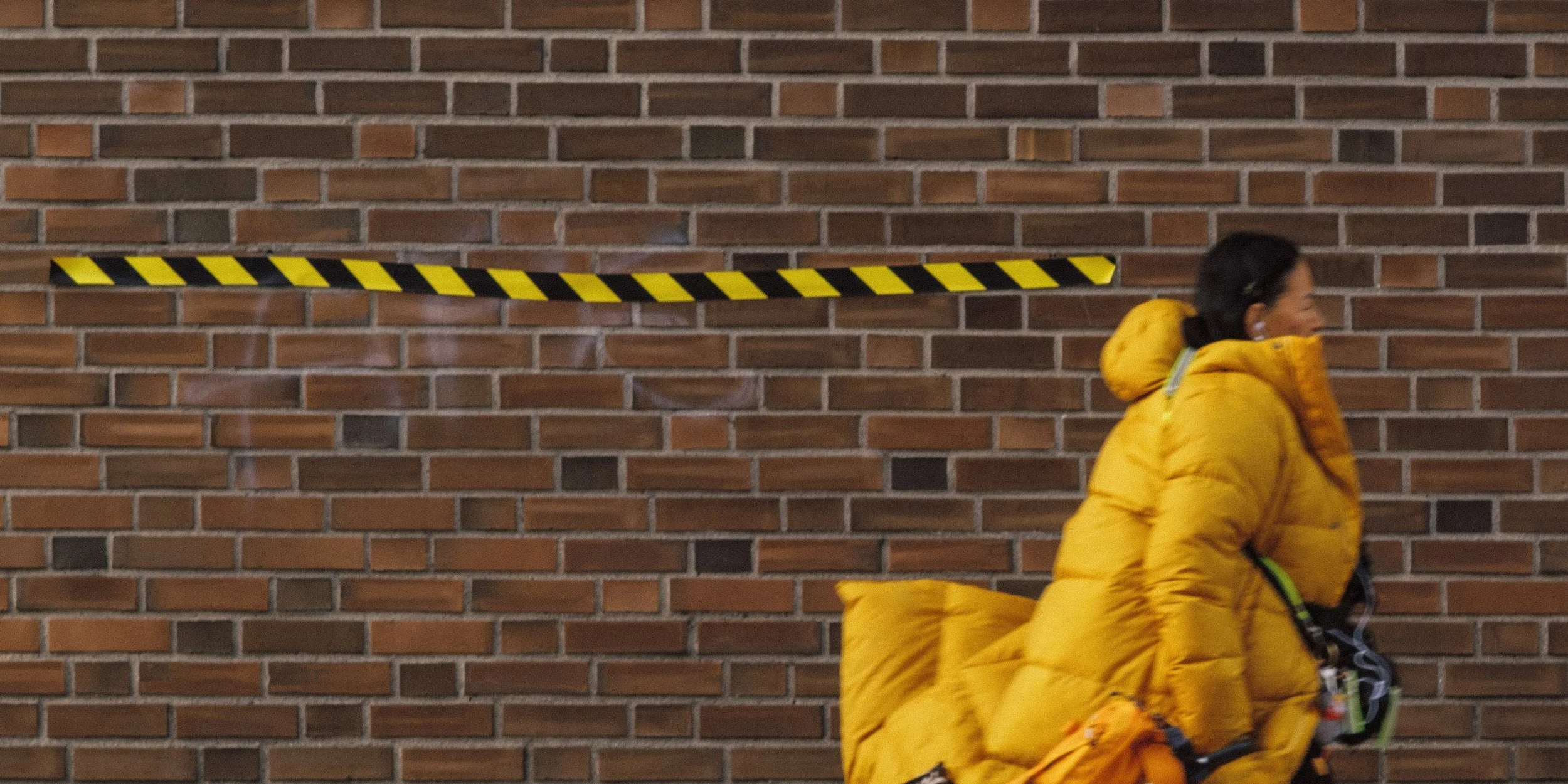
BREAKLINES
WORDS & WONDER
Looking back at the year 2025
Most of all, it was about friendship. About having someone next to you who understands why you stop in the middle of the street, why you wait for nothing to happen, why a photograph sometimes matters more than it should.
Using a 1 Megapixel Camera in 2025 Like It’s Normal
There’s something quietly funny about photographing the Munch Museum with a camera that would struggle to fill a floppy disk.
Surrounded by legacy and permanence, it’s a reminder that not everything needs to be archived perfectly.
ONE FRAME DEEP: Mathias Nesvold Bjørndahl
Nothing happens here, and that’s exactly the point… This week, we take a look at a frame produced by a Haugerud native, Mathias Nesvold Bjørndahl.
We tested the DIGITAL disposable camera from digidispo
Sometimes you don’t need another perfect image.
You need a reminder of why pressing the shutter felt fun in the first place.
And this little camera?
It does exactly that.
ONE FRAME DEEP: JONAS ODEN ULSET
A quiet, geometric moment from Jonas Oden Ulset. A study of light, solitude, and storytelling through simplicity.
Photobreak Walk #1 – A Beginning With More Heart Than We Expected
Film shooters. Digital shooters. First-timers. Veterans. One walk. One community. This is Photobreak.
ONE FRAME DEEP: MATS B HALVORSEN
A deep dive into one frame from Mats B. Halvorsen`s catalogue. We explore his use of space, color, and quiet intension to build a perfectly balanced scene.
Finding Your Way on the Street
3 simple techniques to help you see the streets with more confidence, creativity and clarity.
From Digital Habits to Analog Awareness 👀
Switching from digital to analog is not only about film, cameras or scanners. It is about awareness. It is about slowing down and paying attention again.
The Art of Letting Go (So You Can Grow)
A reflection on finding balance in photography, learning the rules, letting them go, and trusting your style to emerge.
One Frame Deep: Lars Kristian Boquist
A single photograph, so many choices. Exploring the light, composition, and intension behind one striking frame.
How Meeting Bryan Larkin and Carter Ferguson Rewired My Creative Eye.
When an opportunity arrives, don’t freeze or overthink. Jump into it with both feet, even if you have no idea where the path will lead. The questions, the doubts, and the details can come later. What matters in that moment is the willingness to trust your instinct and move forward
The Human Eye in the Age of AI
In an age of instant feedback and machine made ideas, what remains uniquely ours as photographers?
Sold my digital cameras for a leica m6
This wasn’t about buying a legendary camera. It was about choosing a direction. A tool that fits where my photography is headed. Something I can trust, something that pushes me, and something that keeps me excited to create.
The Quiet Path to Getting Better
A reflection on why photography isn´t a competition, and how real growth comes from curiosity, intension and building your craft quietly. Forget chasing praise, focus on the work, the light, and the subjects that genuinely move you.
Four Ways to Make an Image Sing
In this guide, I break down four simple but powerful techniques that any photographer can use to create more artistic, intentional images. These ideas are collected by the work of four high level photographers whose styles continue to inspire how I see light, color, scale, and layers.
24 digital frames
What happens when you treat a digital camera like a roll of film? In this post, I shoot a “digital roll” of 36 frames on the Ricoh using a Portra 400 recipe, shutter priority, and straight out of camera jpegs.
Blurring the Unknown
I set out with a rare film, terrible weather, and no real idea what I was doing, and somehow ended up with some of my favorite motion blur frames this year. This is what can happen when you trust the film, embrace the mistakes, and let the blur tell its own story.
🎞️ New tech in the film world, and it looks slick. 🎞️
For those of us who live half digital and half analog, this feels like the next logical step. I’m genuinely curious to see how it stacks up against a macro rig, but the idea of everything in one compact box is very tempting.




















